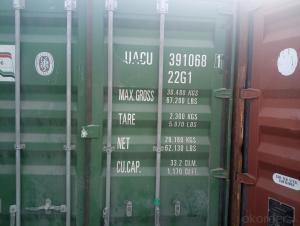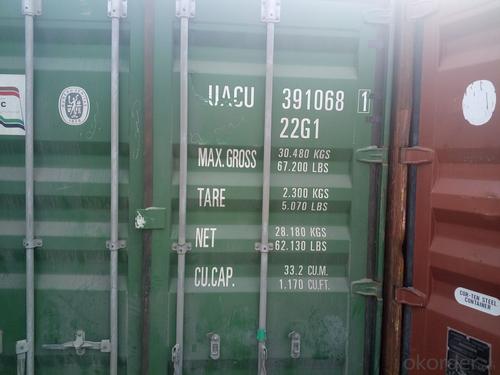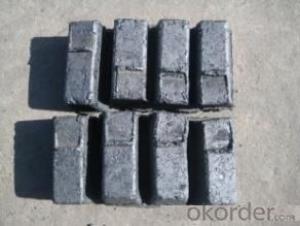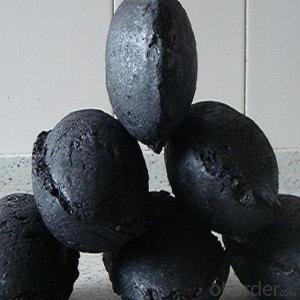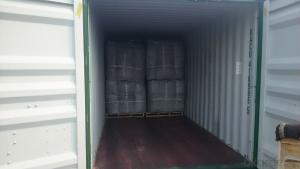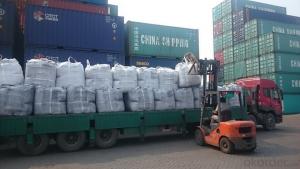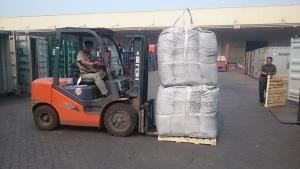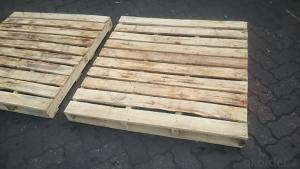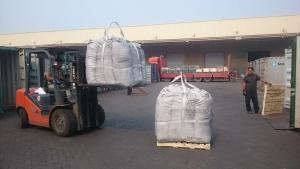Used in EAF as Charge Coke for Steel Plants with Ash 6%max
- Loading Port:
- Tianjin
- Payment Terms:
- TT OR LC
- Min Order Qty:
- 21 m.t.
- Supply Capability:
- 6000 m.t./month
OKorder Service Pledge
OKorder Financial Service
You Might Also Like
Introduction:
Calcined anthracite can be called carbon additive, carbon raiser, recarburizer, injection coke, charging coke, gas calcined anthracite.
Carbon Additive/Calcined Anthracite Coal may substitute massively refinery coke or graphite. Meanwhile its cost is much less than the refinery coke and graphite. Carbon Additive is mainly used in electric steel ovens, water filtering, rust removal in shipbuilding and production of carbon material.
It has good characteristics with low ash, low resistivity, low sulphur, high carbon and high density. It is the best material for high quality carbon products. It is used as carbon additive in steel industry or fuel.
Features:
Best quality Taixi anthracite as raw materials through high temperature calcined at 800-1200 ℃ by the DC electric calciner with results in eliminating the moisture and volatile matter from Anthracite efficiently, improving the density and the electric conductivity and strengthening the mechanical strength and anti-oxidation, It has good characteristics with low ash, low resistivity, low carbon and high density. It is the best material for high quality carbon products, it is used as carbon additive in steel industry or fuel.
Specifications:
F.C.% | 95MIN | 94MIN | 93MIN | 92MIN | 90MIN | 85MIN | 84MIN |
ASH % | 4MAX | 5MAX | 6 MAX | 6.5MAX | 8.5MAX | 12MAX | 13MAX |
V.M.% | 1 MAX | 1MAX | 1.0MAX | 1.5MAX | 1.5MAX | 3 MAX | 3 MAX |
SULFUR % | 0.3MAX | 0.3MAX | 0.3MAX | 0.35MAX | 0.35MAX | 0.5MAX | 0.5MAX |
MOISTURE % | 0.5MAX | 0.5MAX | 0.5MAX | 0.5MAX | 0.5MAX | 1MAX | 1MAX |
Pictures
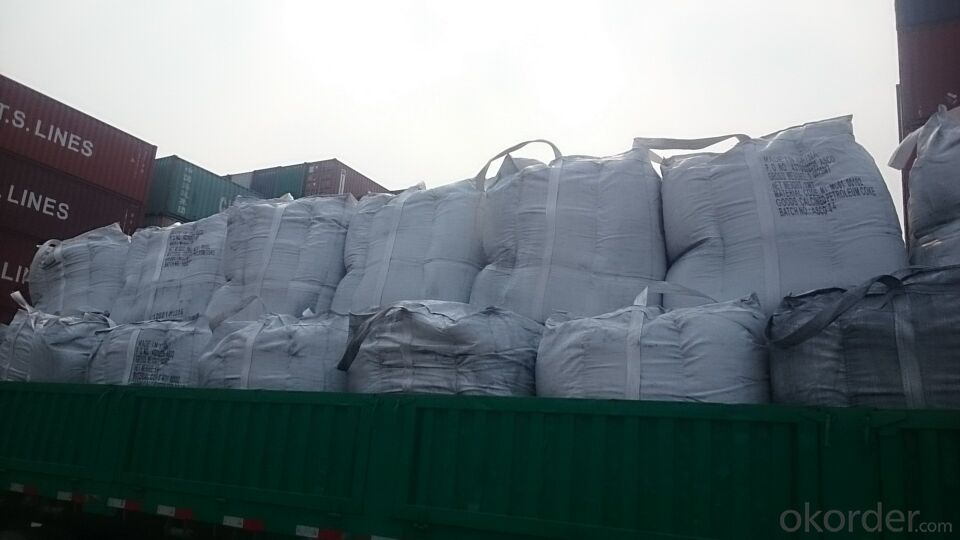

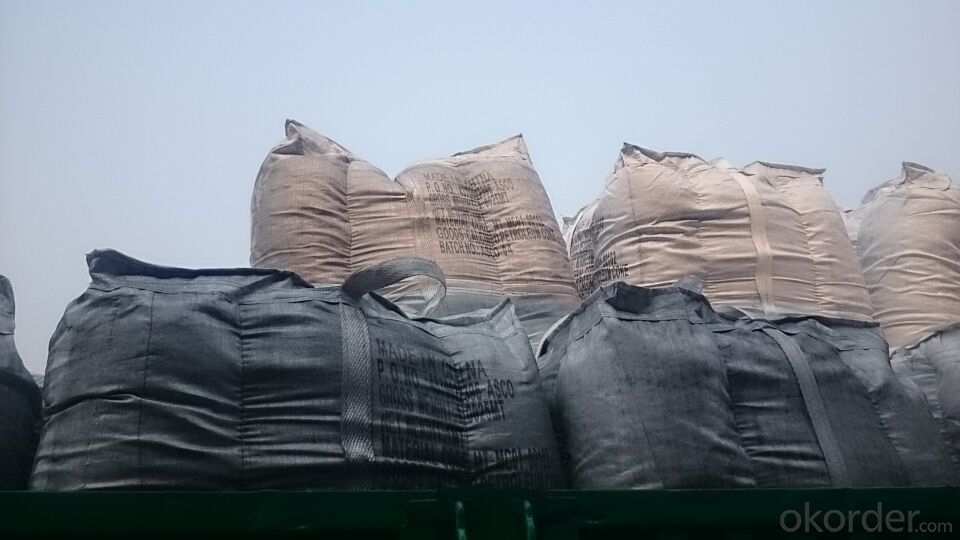
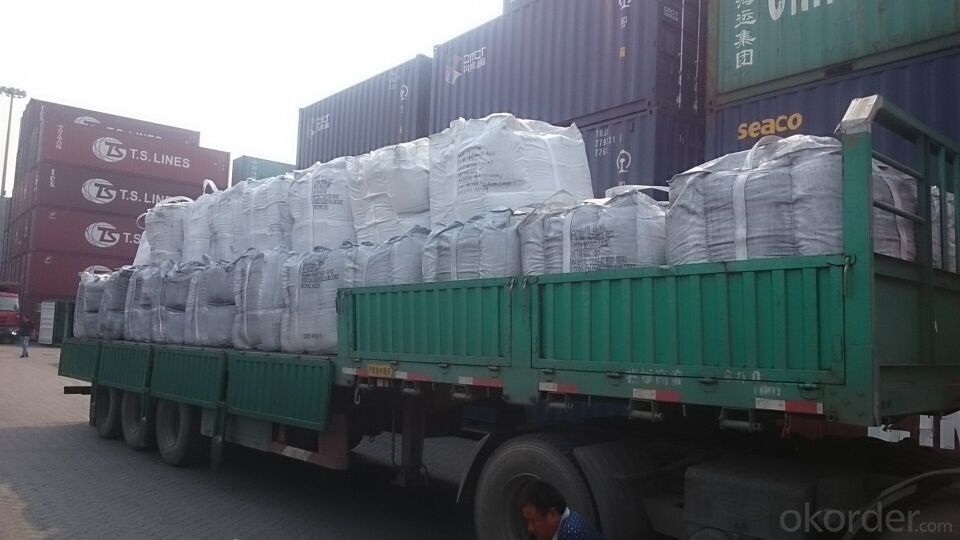
FAQ:
Packing:
(1). Waterproof jumbo bags: 800kgs~1100kgs/ bag according to different grain sizes;
(2). Waterproof PP woven bags / Paper bags: 5kg / 7.5kg / 12.5kg / 20kg / 25kg / 30kg / 50kg small bags;
(3). Small bags into jumbo bags: waterproof PP woven bags / paper bags in 800kg ~1100kg jumbo bags.
Payment terms
20% down payment and 80% against copy of B/L.
Workable LC at sight,
- Q: Are carbon fibers organic polymer materials?
- The fiber spacing is similar to artificial graphite and turbostratic carbon fiber.[5] levels between about 3.39 to 3.42A, the parallel plane between each carbon atom, as well as regular arrangement of graphite, and the layers are connected together by van Edward.Therefore, carbon fiber is an inorganic high polymer fiber with carbon content higher than 90%
- Q: What is the role of carbon in the formation of fossil fuels?
- Fossil fuels formation heavily relies on carbon, playing a vital role in the process. Coal, oil, and natural gas, which constitute fossil fuels, originate from the remnants of ancient plants and organisms that inhabited the Earth millions of years ago. These organisms possessed a significant amount of carbon, which serves as the primary constituent in fossil fuels. The formation of fossil fuels initiates with the decay of organic matter. Once plants and organisms perish, their remains gather in oxygen-deprived environments like swamps, lakes, and the ocean floor. These organic materials gradually become buried under layers of sediment, subjecting them to substantial pressure and heat. Under such extreme conditions, the organic matter undergoes diagenesis, a process that breaks down intricate organic molecules into simpler compounds. This procedure liberates gases such as methane and carbon dioxide. Nevertheless, the carbon-rich compounds that resist decomposition become the fundamental building blocks of fossil fuels. Over millions of years, the pressure and heat persistently alter these organic remains. The carbon-rich compounds undergo catagenesis, progressively transforming and forming hydrocarbon chains. This metamorphosis ultimately results in the creation of coal, oil, and natural gas, all of which consist mainly of carbon, hydrogen, and a few other elements. The carbon within fossil fuels accounts for their substantial energy content. Combusting fossil fuels releases carbon dioxide and other greenhouse gases into the atmosphere, contributing to climate change. However, carbon's indispensable role in the formation of fossil fuels lies in its provision of a concentrated energy source that has been pivotal to human civilization and industrial advancement.
- Q: How does carbon impact the prevalence of tsunamis?
- Carbon dioxide does not directly impact the prevalence of tsunamis. Tsunamis are primarily caused by undersea earthquakes, volcanic eruptions, or underwater landslides. These events release massive amounts of energy into the water, generating powerful waves that can travel across the ocean and cause devastating destruction when they reach the coast. While carbon dioxide emissions do not directly cause tsunamis, they are linked to climate change, which can indirectly influence the occurrence and impact of these natural disasters. Increased levels of carbon dioxide and other greenhouse gases in the atmosphere contribute to global warming, resulting in rising sea levels. As sea levels rise, coastal areas become more vulnerable to the destructive power of tsunamis, as the waves can penetrate further inland. Furthermore, climate change can also affect the frequency and intensity of extreme weather events, such as hurricanes and tropical storms. These weather patterns can trigger underwater landslides or enhance the chances of volcanic eruptions, both of which can lead to tsunamis. In conclusion, while carbon dioxide emissions do not directly cause tsunamis, they play a role in the broader context of climate change, which can indirectly impact the prevalence and impact of tsunamis through rising sea levels and the potential for more frequent extreme weather events.
- Q: How are carbon compounds classified?
- Carbon compounds are classified based on the type and number of atoms bonded to carbon atoms. There are several categories of carbon compounds that include hydrocarbons, alcohols, aldehydes, ketones, carboxylic acids, esters, ethers, amines, amides, and many more. Hydrocarbons are carbon compounds that only contain carbon and hydrogen atoms. They can be further divided into two main categories: aliphatic hydrocarbons and aromatic hydrocarbons. Aliphatic hydrocarbons include alkanes, alkenes, and alkynes, which are classified based on the type of carbon-carbon bonds they have. Aromatic hydrocarbons, on the other hand, contain a ring structure and are known for their aromaticity. Alcohols are carbon compounds that contain a hydroxyl (-OH) group attached to a carbon atom. They are classified based on the number of hydroxyl groups attached to the carbon atom. For example, methanol is a monohydroxy alcohol, while ethylene glycol is a dihydroxy alcohol. Aldehydes and ketones are carbon compounds that contain a carbonyl group (C=O). Aldehydes have the carbonyl group attached to a terminal carbon atom, while ketones have it attached to an internal carbon atom. They are named based on the number and position of the carbonyl group in the molecule. Carboxylic acids are carbon compounds that contain a carboxyl group (-COOH). They are named by replacing the -e ending of the corresponding hydrocarbon with -oic acid. For example, methane becomes methanoic acid. Esters are carbon compounds that are derived from the reaction between a carboxylic acid and an alcohol. They have the general formula RCOOR’, where R and R’ can be any alkyl or aryl group. They are often named based on the alcohol and acid used to form them. Ethers are carbon compounds that have an oxygen atom bonded to two alkyl or aryl groups. They are named by listing the alkyl or aryl groups in alphabetical order followed by the word ether. Amines are carbon compounds that contain a nitrogen atom bonded to one or more alkyl or aryl groups. They are named by adding the suffix -amine to the name of the alkyl or aryl group attached to nitrogen. Amides are carbon compounds that contain a carbonyl group (C=O) bonded to a nitrogen atom. They are named by replacing -oic acid or -ic acid ending of the corresponding carboxylic acid with -amide. Overall, the classification of carbon compounds is based on their functional groups and the arrangement of atoms around the carbon atom. These classifications help to categorize and study the diverse range of carbon compounds found in nature and synthesized in the laboratory.
- Q: What is electrical carbon?
- The main component of electrical carbon material is carbon. Because of the different structures, carbon has two types: crystalline carbon and amorphous carbon. Crystalline carbon is mainly composed of graphite, amorphous carbon, mainly coke, charcoal, carbon black and so on. Coal used daily is an impure amorphous carbon.Graphite has a crystalline structure of six square system. It has numerous parallel layers superimposed on each layer of carbon atoms at the top angles of the six angles plane, forming an ordered arrangement of three-dimensional space. Because the distance between the layers of the graphite crystal is much larger than the distance between the carbon atoms on the surface, the graphite has an obvious anisotropy. When there is external force, the surface of graphite is easy to slip, so it shows self lubrication characteristics. In high purity graphite crystals, the valence band overlaps the conduction band, so the high conductivity of the metalloid is demonstratedThe arrangement of carbon atoms in amorphous carbon is haphazard, and it is easier to slip than the graphite layer, and its hardness is 4~5 times higher than that of graphite. Amorphous carbon, if treated at 2 200~2 5000C high temperature, can transform the disordered structure into an ordered arrangement of two-dimensional space.
- Q: What are the effects of carbon emissions on the stability of coastal ecosystems?
- Coastal ecosystems are significantly affected by carbon emissions, resulting in various consequences. Ocean acidification, caused by excess carbon dioxide dissolving in seawater and lowering its pH, is one of the primary effects. This acidification harms marine organisms, especially those dependent on calcium carbonate for shell formation, such as corals, oysters, and some plankton. With increased acidity, the ability of these organisms to create and maintain their protective structures is hindered, leading to slower growth, weaker shells, and heightened vulnerability to predation and disease. Furthermore, global warming, which is exacerbated by carbon emissions, leads to rising sea levels and more intense storms. Coastal ecosystems like mangroves, salt marshes, and seagrass beds serve as barriers against storm surges and provide vital habitats for numerous species. However, as sea levels rise, these ecosystems face the risk of submersion, resulting in the loss of their protective functions and the displacement of various plant and animal species. In addition, carbon emissions-driven climate change disrupts ocean currents and disturbs nutrient balances in coastal waters. This disturbance can cause shifts in the distribution and abundance of marine species, affecting the entire food chain. For example, if certain species that serve as prey or predators are negatively impacted, it can create a ripple effect throughout the ecosystem. These disruptions ultimately lead to reduced biodiversity, the loss of crucial species, and the potential collapse of entire coastal ecosystems. To safeguard these fragile ecosystems and the countless species that depend on them, it is imperative to reduce carbon emissions and mitigate the impacts of climate change.
- Q: Is the hardness or softness of the steel with higher carbon content?
- Carbon is the major element in determining the properties of steel, because changes in carbon content lead directly to changes in crystal structure.
- Q: Paint paint fluorocarbon paint which expensive?
- Paint is divided into two categories, a class of low temperature baking paint, curing temperature of 140 degrees -180 degrees, and the other category is called high temperature baking paint, its curing temperature is 280 degrees -400 degrees.High temperature baking also known as Teflon (Teflon) English called Polytetrafluoroetylene, referred to as Teflon, PTFE and F4. High performance special Teflon coating is fluorine coating resin with polytetrafluoroethylene, English name for Teflon, because the pronunciation of reason, commonly known as Teflon, Tie Fulong, Teflon, Teflon and so on (all Teflon transliteration).
- Q: How does carbon affect the formation of landslides?
- Carbon does not directly affect the formation of landslides. However, the presence of carbon in the form of organic matter can contribute to the stability of slopes as it plays a role in soil structure and moisture retention.
- Q: I saw a cell phone in the magazine, the global release of 900, no camera, what function is F1 carbon fiber material, actually sold 40000 yuan a piece!.. Everyone said that the circulation is so small, worth so much money? Or carbon fiber material worth so much money?
- In fact, whether carbon fiber or 900 are gimmicks, he is in the advertising of this mobile phone to deceive people
Send your message to us
Used in EAF as Charge Coke for Steel Plants with Ash 6%max
- Loading Port:
- Tianjin
- Payment Terms:
- TT OR LC
- Min Order Qty:
- 21 m.t.
- Supply Capability:
- 6000 m.t./month
OKorder Service Pledge
OKorder Financial Service
Similar products
Hot products
Hot Searches
